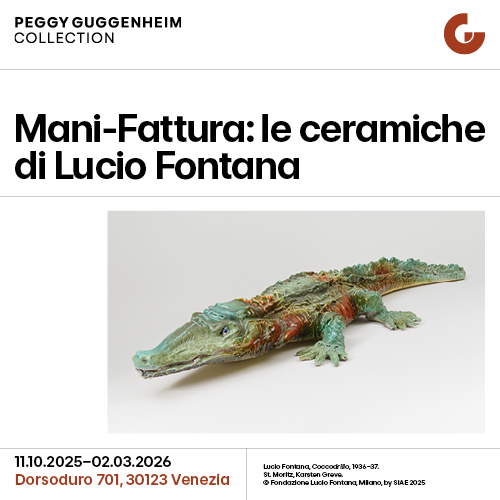
Three little-known coasts of Spain: nature, culture and UNESCO heritages off the usual itineraries
From the green Cantabrian coast to the gold of Andalusian beaches, via the palm trees of the Costa Blanca: a journey along three Spanish coastlines rich in biodiversity, authentic villages, local flavors and UNESCO sites. Discovering lesser-known Spain, between protected nature and millennial cultural roots.
By Redazione | 30/06/2025 12:02
Spain is universally known for its lively and busy coastlines, such as the Costa del Sol or Costa Brava, traditional beach destinations for tourists from all over the world. However, those who wish to discover a more authentic and less crowded face of Spain's coasts have before them several alternatives that offer an experience rich in nature, culture and history, often even internationally recognized byUNESCO.
Among them, the Green Coast, Costa Blanca and Costa de la Luz represent three coastal realities that are very different from each other but share the ability to combine extraordinary landscapes, cultural and environmental heritages, deep-rooted traditions and a high-level food and wine offer. Exploring these coasts means immersing oneself in territories that have managed to keep their identity intact, offering travelers the chance to experience the sea in a more intimate, authentic and sustainable way.
Green Coast: lush nature, seaside villages and environmental heritages
We are in northern Spain, along the Cantabrian Sea. The Green Coast stretches for about 350 kilometers between Asturias, a region known for its deep green and mountainous landscape that reaches almost to the coast. Here nature dominates in every aspect: meadows that seem endless, cliffs overlooking the ocean, golden sandy beaches, and seaside villages with genuine, authentic, unspoiled charm. This area is ideal for those seeking tourism linked to direct contact with the environment and the discovery of local traditions that are still alive.
The fishing villages that line the Green Coast, such as Llanes, one of the most famous, or Cudillero, Luarca, Candás, and Luanco, are perfect examples of traditional architecture and sea-related culture. Low houses, often painted white with colorful details, overlook marinas bustling with small boats. These villages are ideal places to stroll along the waterfront, breathe in the salty air and enjoy fresh seafood dishes, especially seafood such as urchins and lobsters, specialties of the local cuisine.
The real green heart of Asturias, however, lies inland. The Ponga Natural Park, declared a Biosphere Reserve in 2018, covers a vast area covered by lush forests, which account for nearly 40 percent of the area. It is also home to traditional architectural remains, built with materials such as stone, wood and brick, which tell of a rural culture that is still very much alive. This park represents one of the most successful examples in Europe of the balance between preserving the natural environment and protecting local traditions.
A short distance away is the Picos de Europa National Park, one of Spain's most spectacular mountainous areas. The park is famous for its biodiversity, glacial lakes, and the presence of protected species, including the Cantabrian brown bear, a symbol of the region. Hiking in the Picos de Europa is a favorite activity for visitors, offering breathtaking views and the chance to immerse oneself in an unspoiled natural environment.
Not far from here, the Jurassic Museum of Asturias, located in Lastres, is a cultural and scientific landmark dedicated to paleontology. Housed in a building shaped like a dinosaur footprint, it overlooks a cliff overlooking the sea. Inside you can see fossil skeletons, replicas and dinosaur footprints, organized in a 2,000-square-meter exhibit. The museum is enhanced by a large outdoor garden with life-size reconstructions that engage visitors in an interactive journey through geological eras, making the visit interesting for families and natural science enthusiasts as well. And speaking of prehistoric art, also located here is the Tito Bustillo Cave, which houses Paleolithic cave paintings that can be included among the most important in Europe: the cave was discovered in 1968 and consists of a single gallery, 700 meters long, with paintings organized in 11 groups that include more than 100 engraved and painted representations, ranging from 22,000 to 10,000 B.C. From prehistory then we move on, a short distance away, tocontemporary art: in fact, the city of Avilés is home to the "Oscar Niemeyer" International Cultural Center, a complex of international stature designed by the great Brazilian architect Oscar Niemeyer, the same one who designed Brasilia. Today the complex hosts exhibitions, events, cinemas, catering activities and more.
Asturias is also a land of strong gastronomic traditions. Fishing is one of the main activities, and every morning local markets and restaurants stock up on the freshest fish. Asturian fabada, a dish made with beans, pork and sausages, is one of the symbols of traditional cuisine. Alongside this, there is no shortage of local cheeses, appreciated nationally and internationally. Popular culture also manifests itself in festivals, folklore and handicrafts, keeping alive practices handed down from generation to generation.
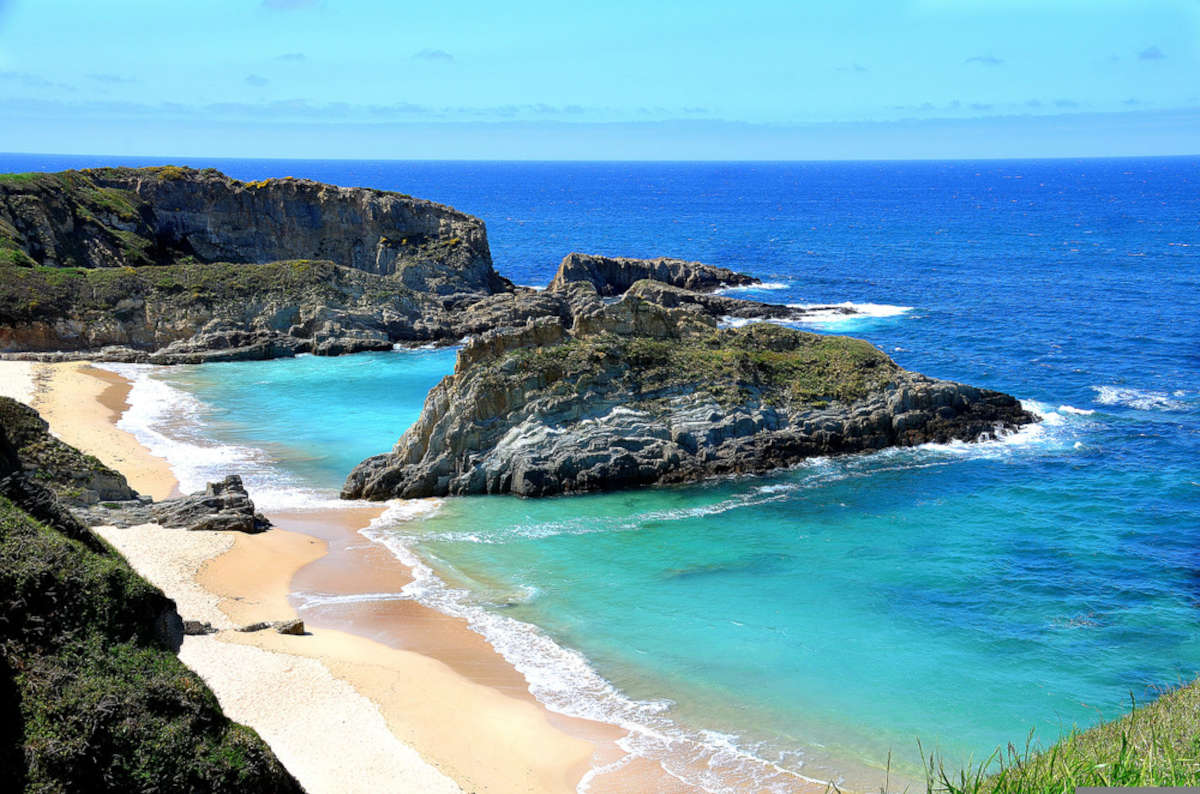
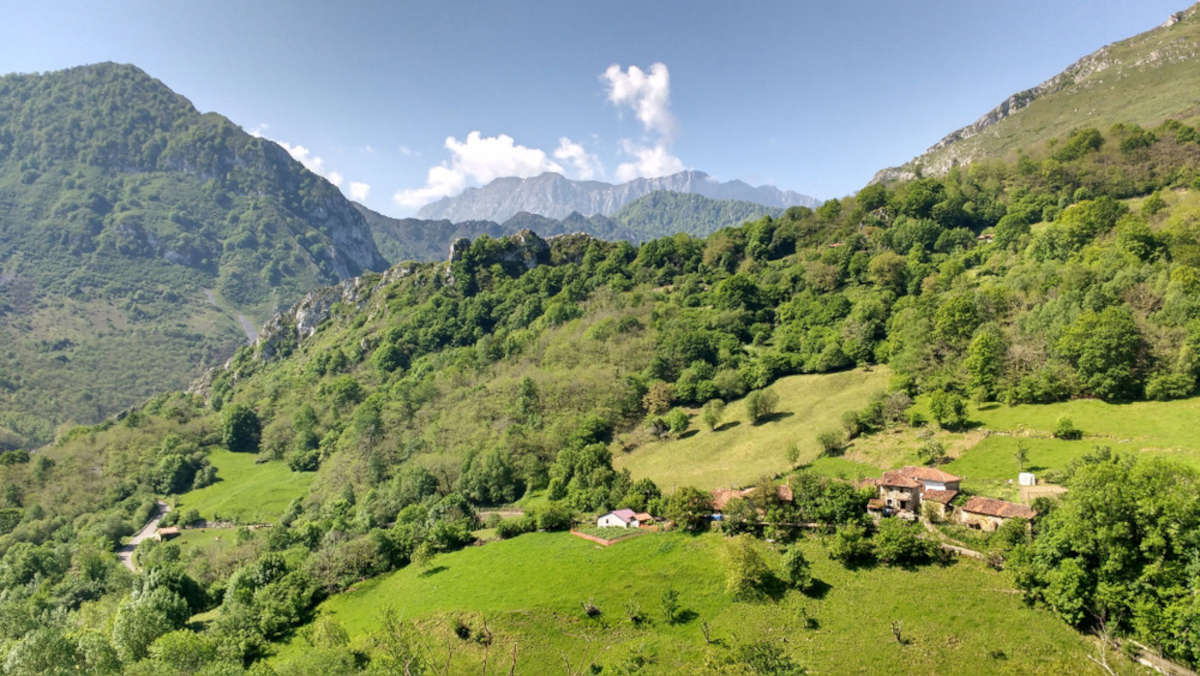
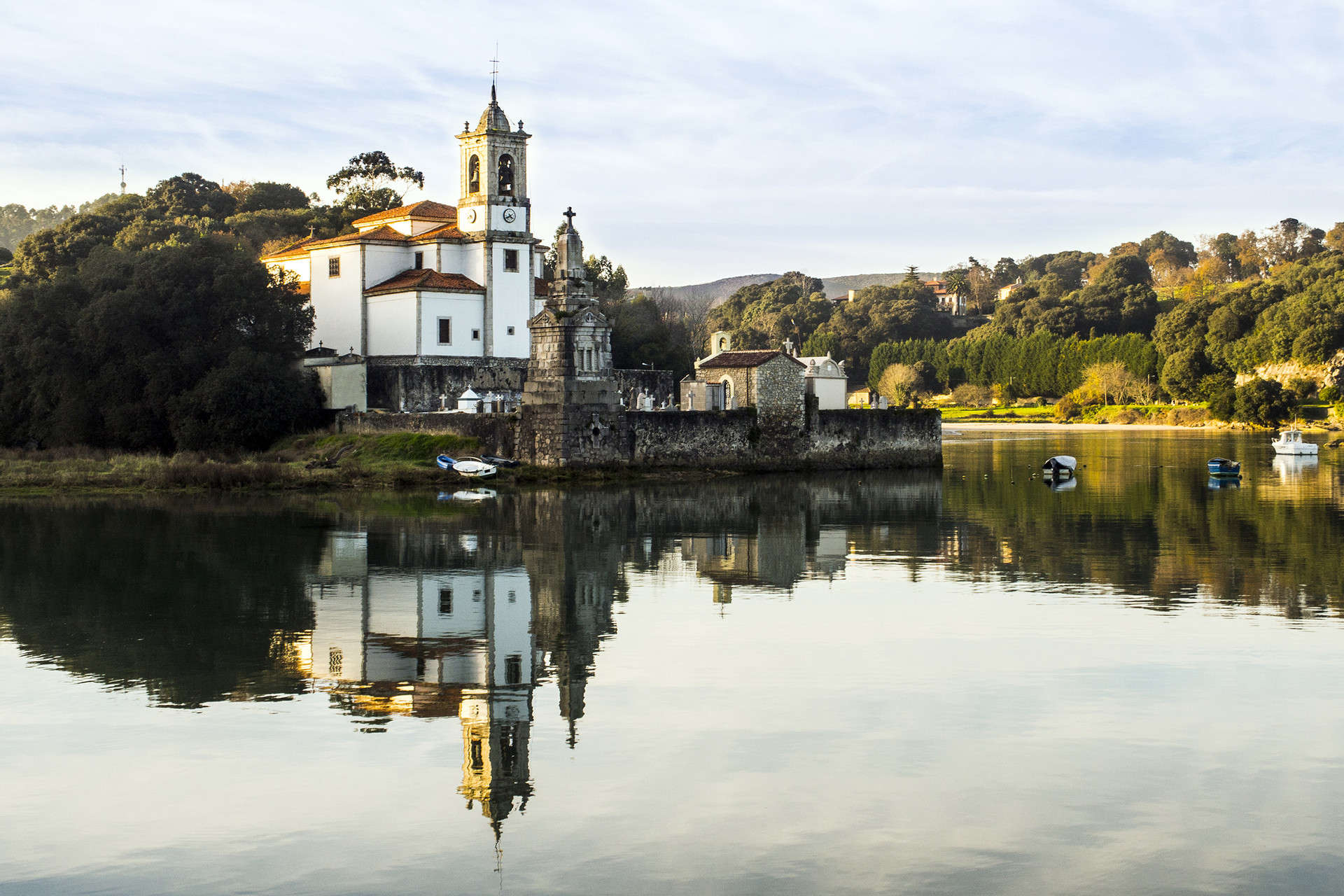
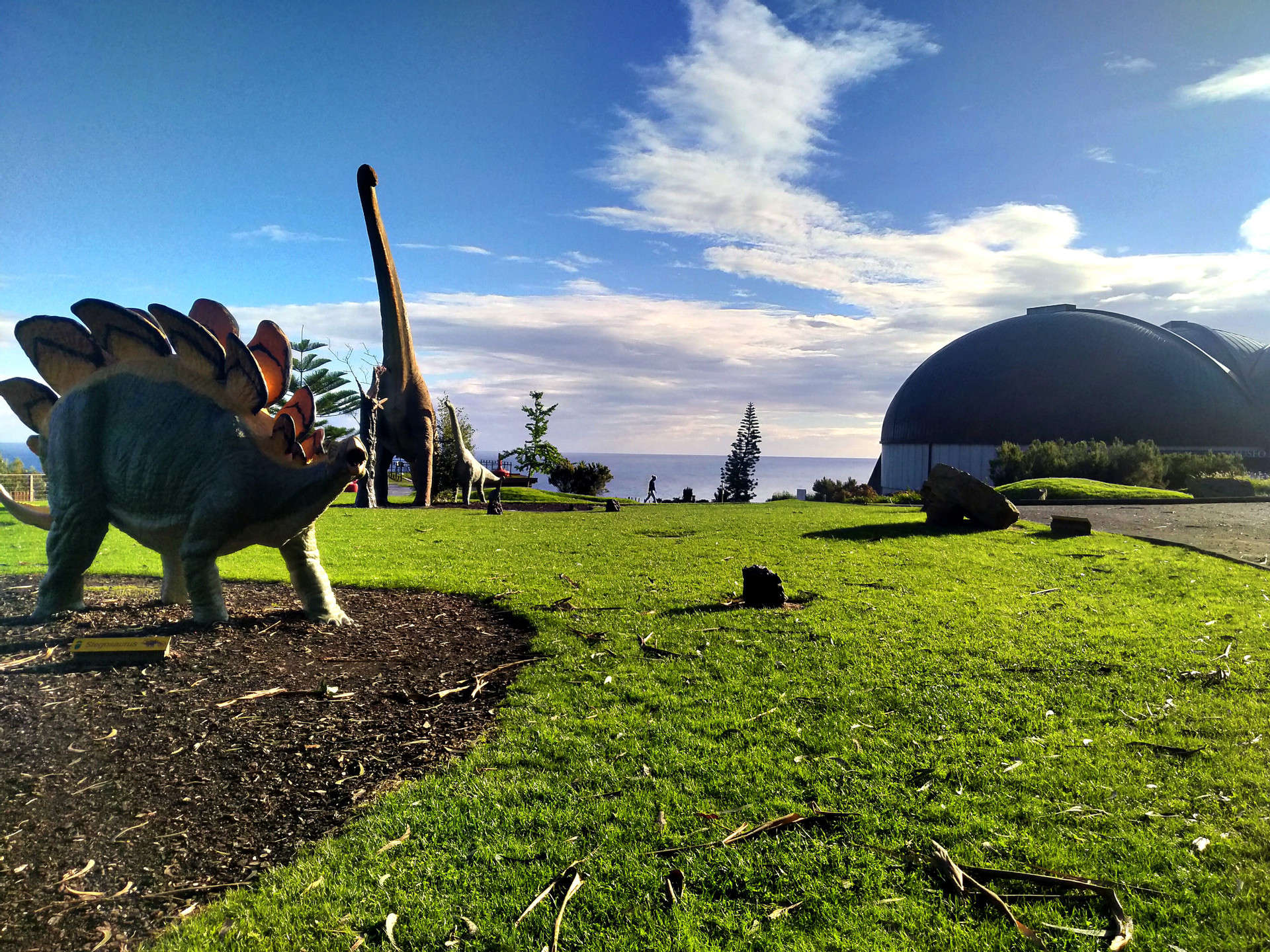
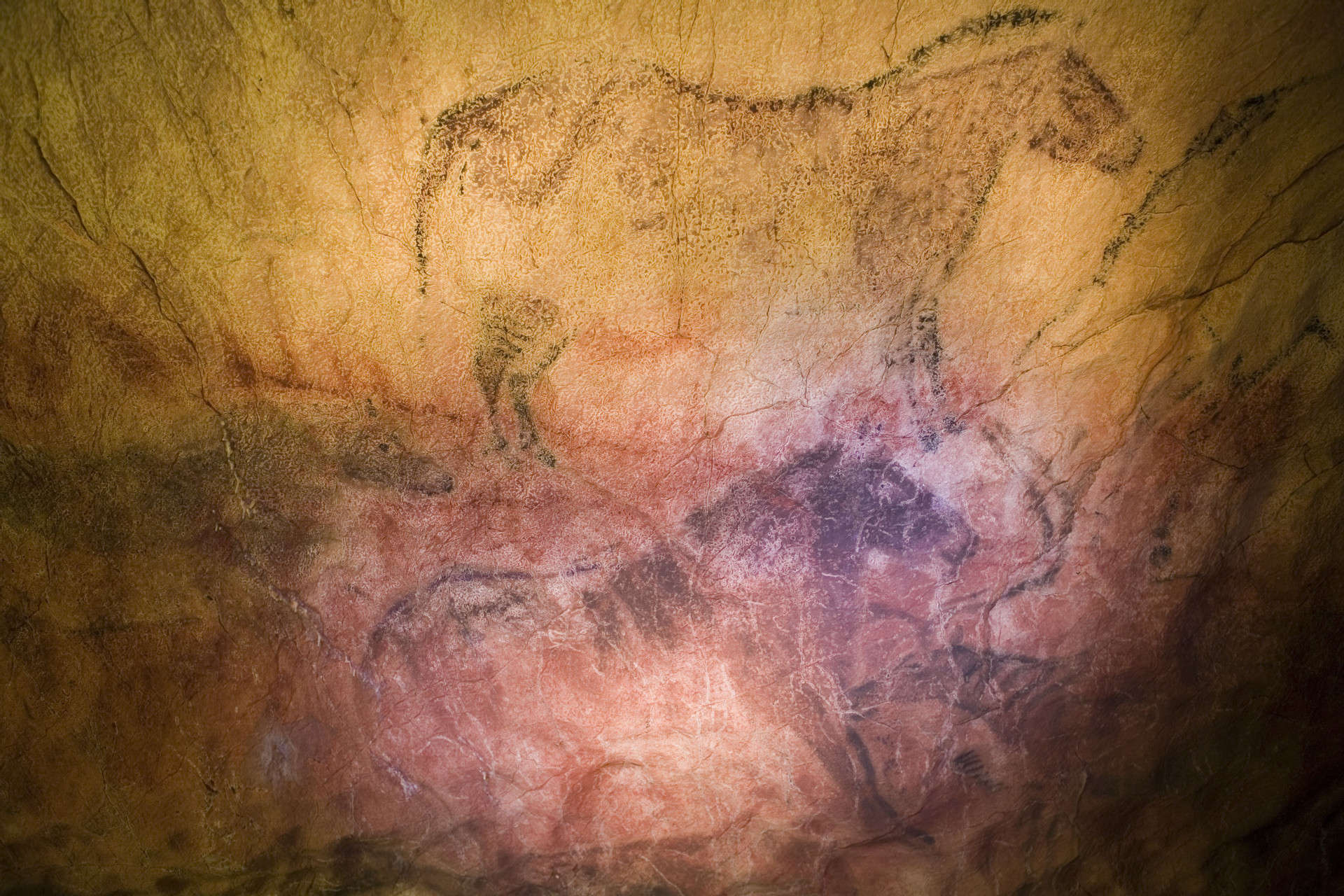
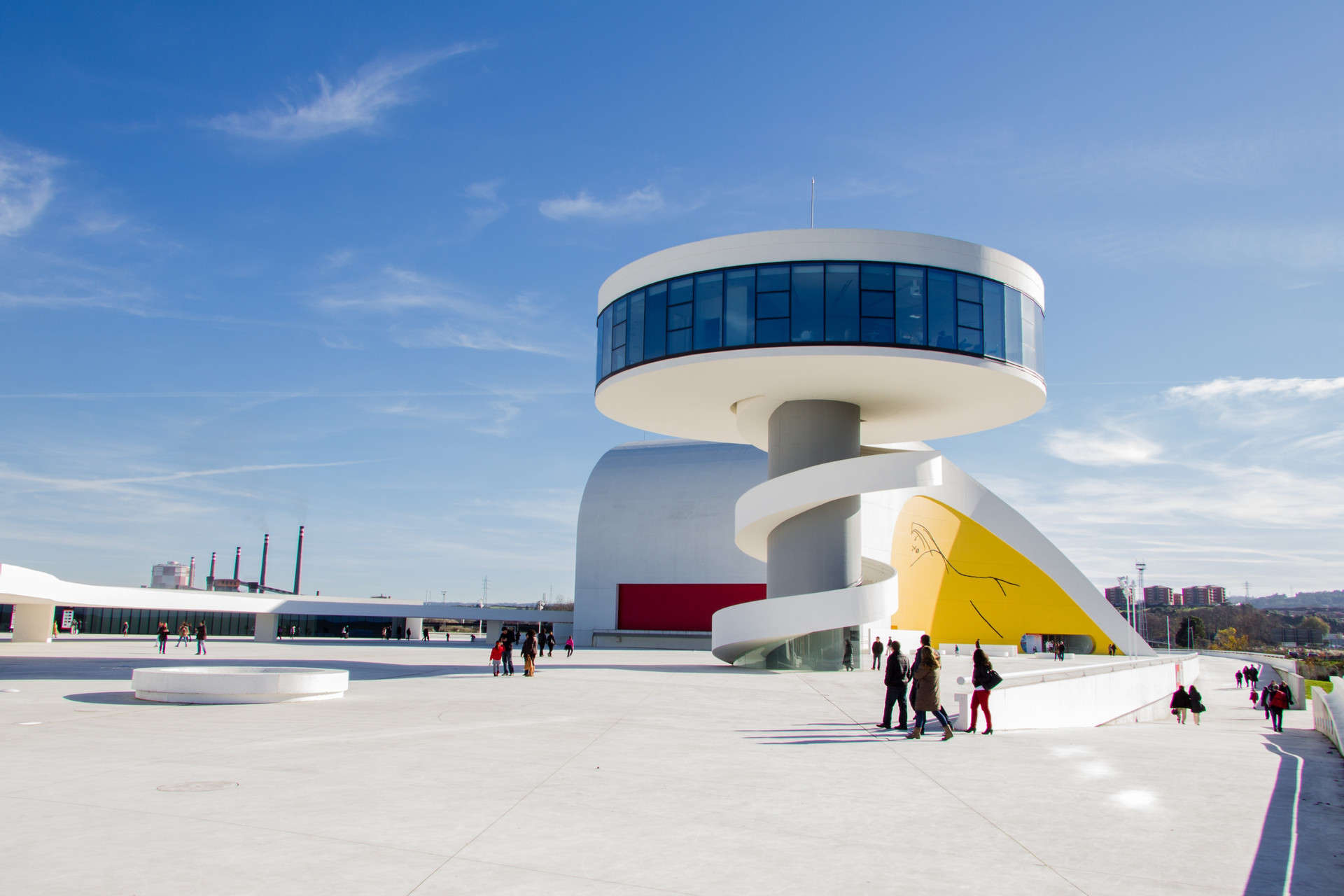
Costa Blanca: the Mediterranean between nature, history and UNESCO heritage.
Moving southeast, the Costa Blanca faces the Mediterranean Sea in the Valencian Community. This coast is famous for its light quality and typical landscapes, characterized by long sandy beaches, hidden coves, and picturesque villages with white houses. The Costa Blanca is a destination that combines quality beach tourism with a rich cultural and naturalistic offer.
One of the most significant and lesser-known features of the Costa Blanca is the Elche palm grove, declared a UNESCO World Heritage Site. It is thelargest urban palm grove in Europe, an ancient ecosystem that bears witness to agricultural and irrigation techniques developed in the Middle Ages and maintained to this day. The palm grove is an environmental and cultural heritage of enormous value, not only for its biodiversity but also for the role it has played in the social and economic life of the city.
Away from the sea, the Costa Blanca offers a hinterland rich in history and nature. Small towns of Arab origin such as Villena, Sax and Biar preserve perfectly restored medieval castles and fortresses, symbols of the eras of domination that shaped this land. These sites are tangible evidence of the historical complexity of the region and are now destinations of tourist and cultural interest. There is no shortage of natural areas, such as the Sierra de Mariola Natural Park, characterized by rich Mediterranean flora and trails leading to fresh water springs such as that of the Vinalopó River. These areas offer the opportunity to get away from the coast to immerse oneself in a peaceful and rejuvenating environment.
Still, locations such as Altea, Calpe, Jávea, Villajoyosa, and Dénia combine tradition and modernity, offering visitors not only beaches and sea but also culture and gastronomy. In the city of Alicante, there are cultural highlights such as the MARQ Archaeological Museum and the Santa Bárbara Castle, which dominates the city with a panoramic view of the port and the sea.
Costa Blanca cuisine is another key element. Here you can enjoy fresh seafood specialties, grilled meats, traditional rice dishes such as paella, and local wines prized throughout Spain. Restaurants, from the more traditional seafood restaurants to Michelin-starred ones, offer cuisine that respects and enhances the products of the area.
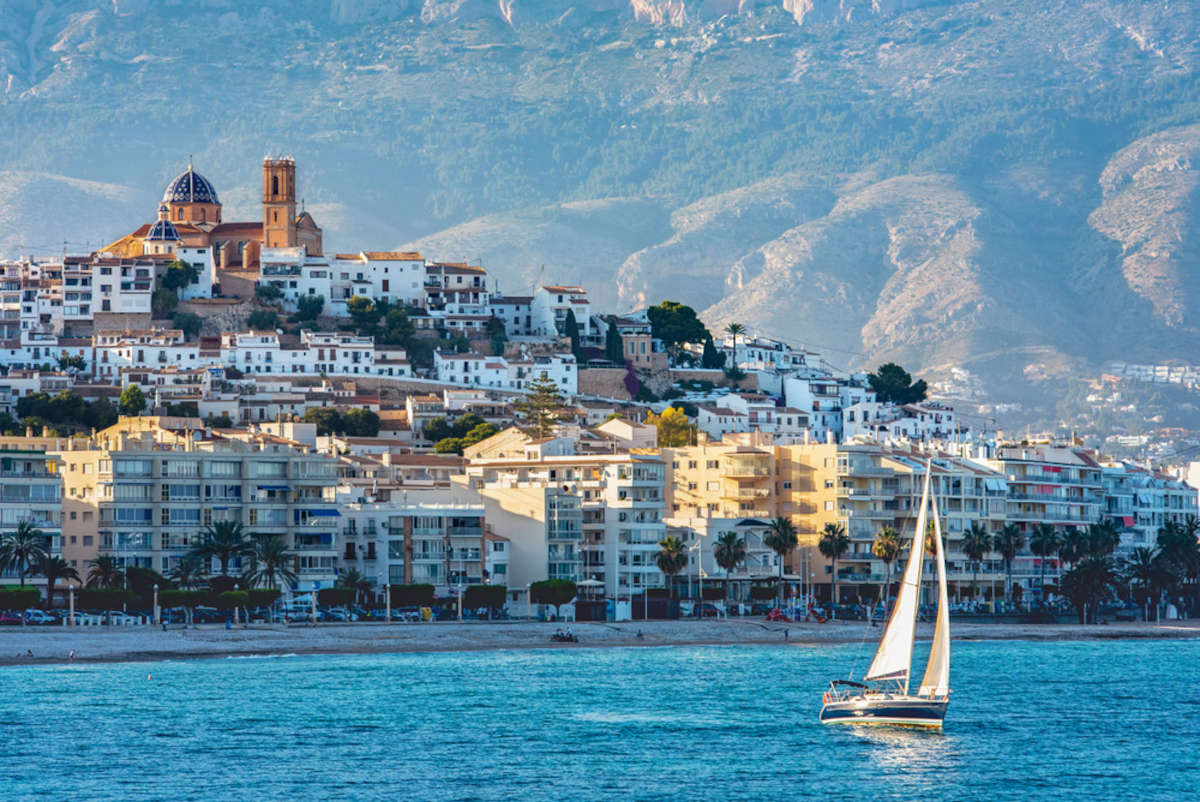
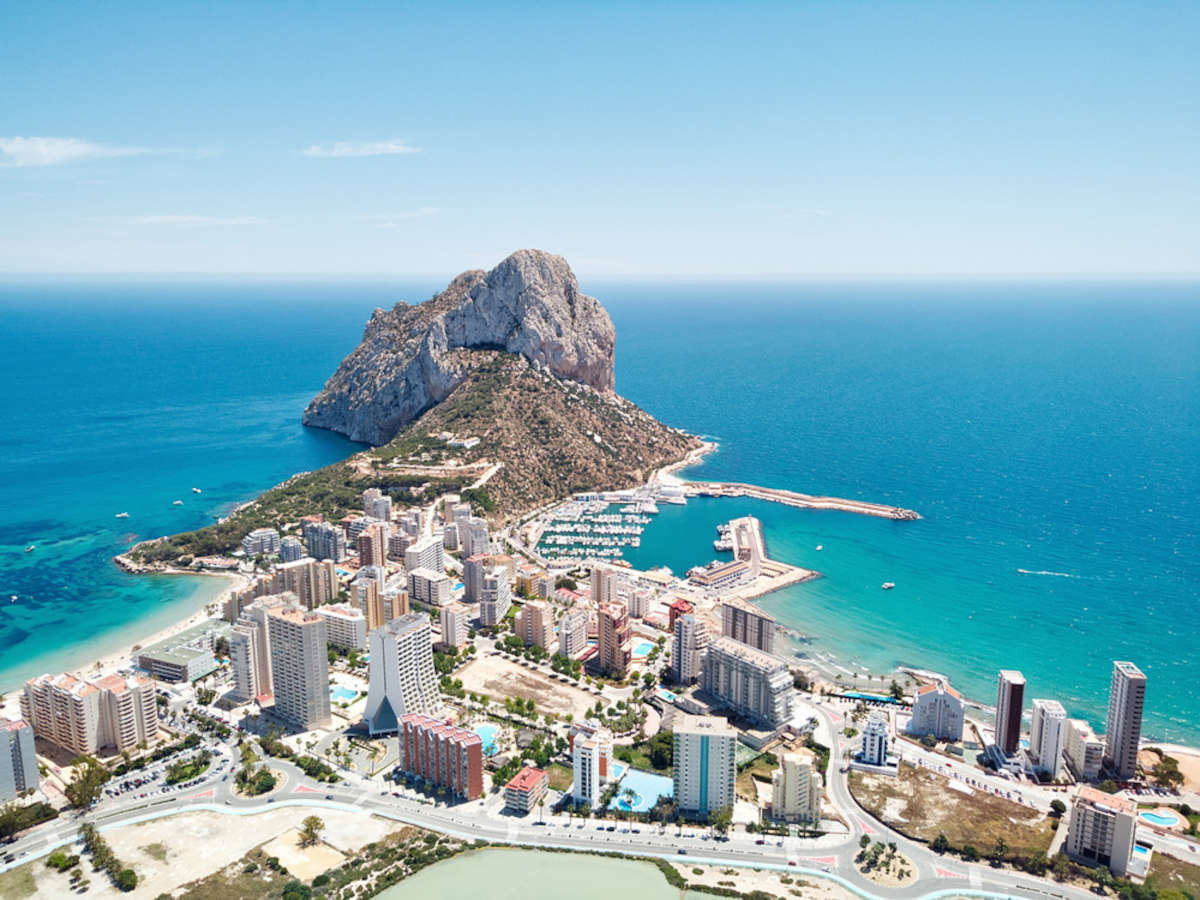
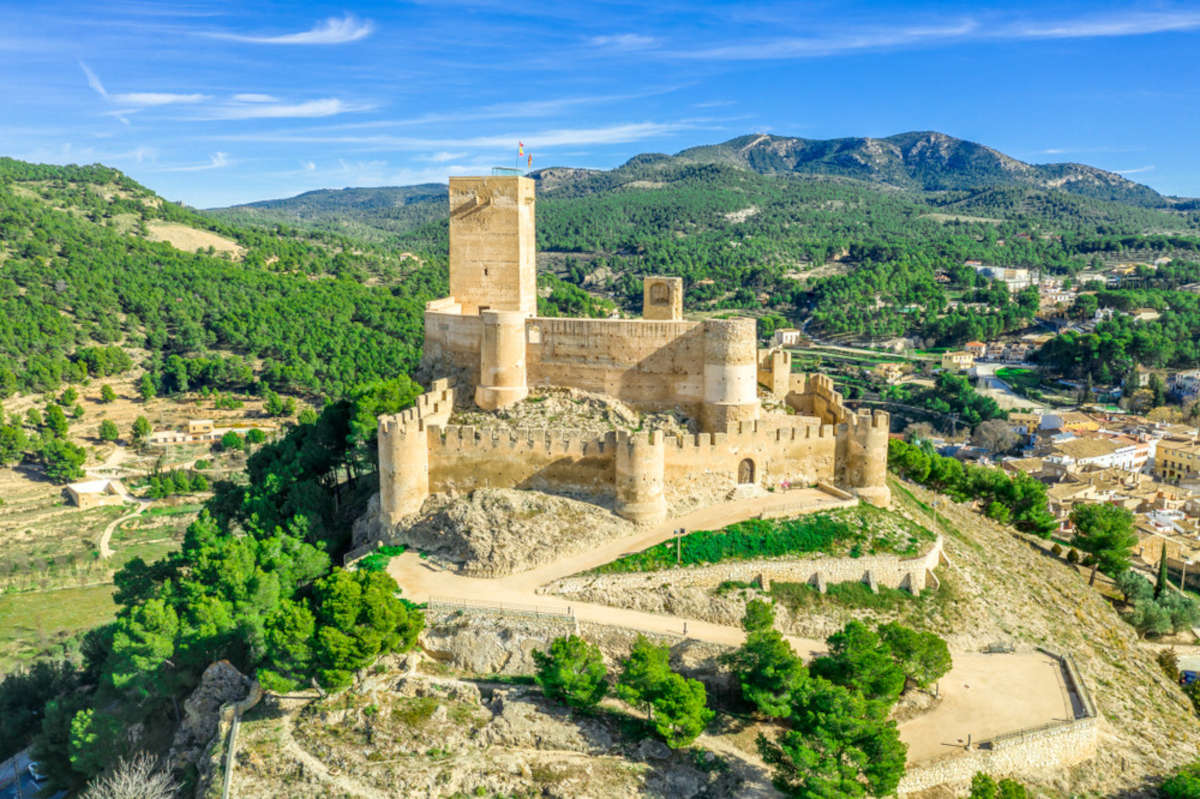
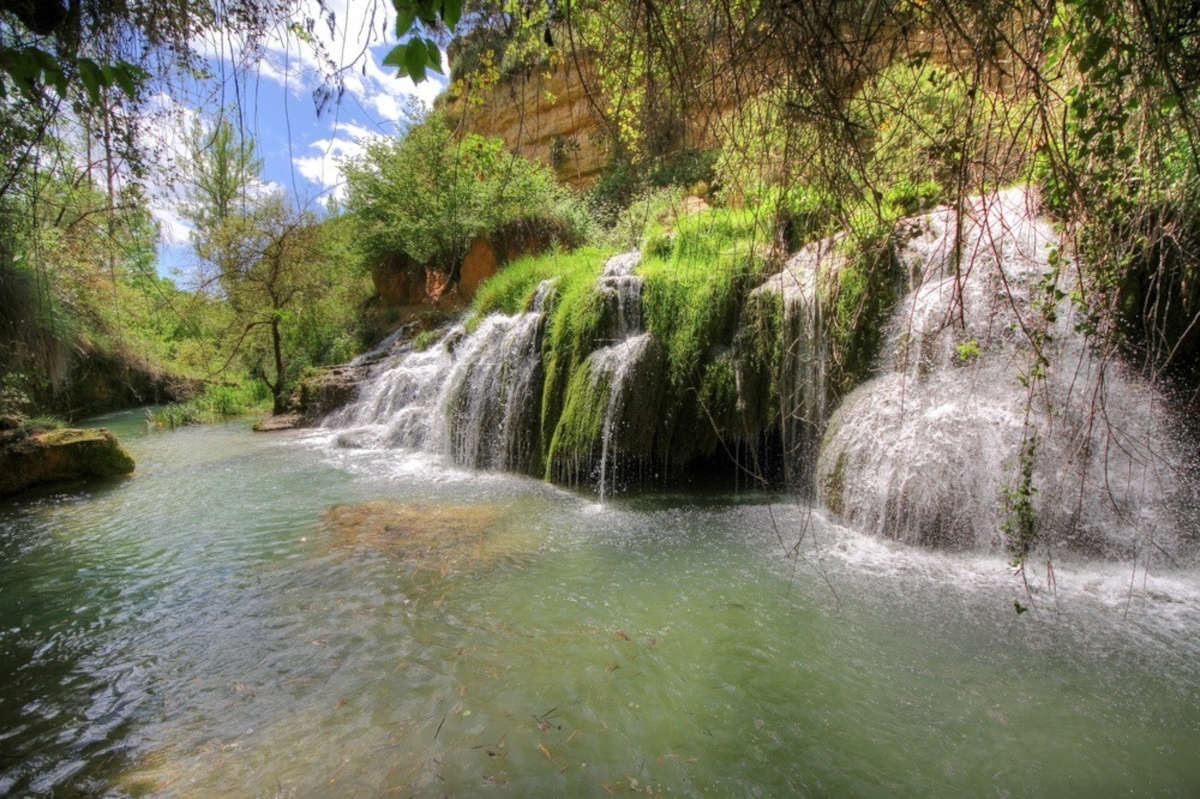
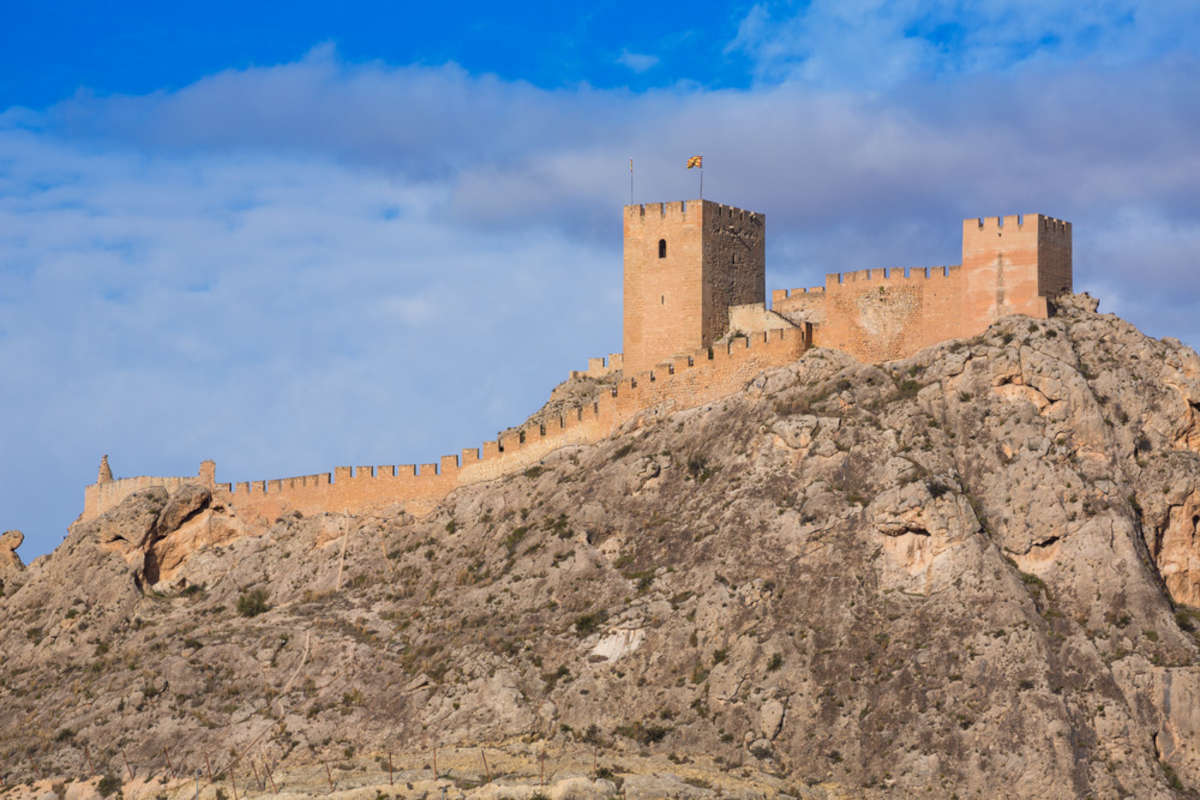
Costa de la Luz: golden beaches, thousand-year history and UNESCO nature reserves.
Finally, the Costa de la Luz stretches along the provinces of Cadiz and Huelva, overlooking the Atlantic Ocean. This coast is less well known than other areas in Spain but offers some of the most extensive and unspoiled beaches in the country, with landscapes that alternate between sand dunes, pine forests and coastal marshes. The region is a meeting point of nature, history, and tradition, with several sites of international significance.
Doñana National Park is the most important natural park in Spain and one of the country's most significant UNESCO World Heritage Sites. Its extent includes wetlands, marshes, dunes and forests, creating an ideal habitat for a rich variety of animal species, including numerous migratory birds and protected species such as flamingos. Doñana is an example of how it is possible to conserve a complex and delicate ecosystem while protecting a resource of environmental and tourism value. Also located within the park is the beautiful beach of Torre de Loro, or Torre del Río de Oro, near the town of Mazagón, one of the most beautiful and least contaminated beaches in southern Spain, partly because it is not very easy to access, and therefore secluded, although quite busy. The beach is characterized by the remains of a tower, Torre Loro, which dates back to the 16th century: it was built at the behest of King Philip II and served as a watchtower to defend the coast from attacks by North African pirates.
Near Doñana are also the Odiel Marshes, also recognized as a Biosphere Reserve. These wetlands are among the best preserved in Europe and offer a changing landscape where the interaction between tides and land creates a wide variety of natural habitats, including dunes, high and medium marshes, and dune barriers.
The Costa de la Luz is an area rich in history, with a human presence dating back more than three thousand years. Cadiz, one of the oldest cities in Europe, is a significant example with its historic center characterized by white buildings, churches and defensive structures. The city has played a crucial role throughout the history of Spain, from Phoenician to Roman rule to the modern period. Jerez de la Frontera is another city of great interest, whose historic center has been declared of artistic and cultural interest. Here aristocratic architecture is interwoven with the folk atmosphere of Andalusian houses, in a mix that tells of the cultural stratification of the area. Jerez is also internationally famous for its wines, particularly sherry, the production of which is an important economic and cultural resource.
In the province of Huelva, the "Lugares Colombinos" are historic sites linked to the voyages of Christopher Columbus. The monastery of La Rábida is one of the most important, representing a starting point for the discovery of America. Other centers such as Moguer, Palos de la Frontera, and Niebla are rich in monuments that testify to the different dominations and historical traditions of the area.
The hinterland of the province of Cadiz is known for its "pueblos blancos," or white villages, characterized by buildings with whitewashed walls. These villages, often perched on hillsides, retain an authentic atmosphere and are set in a landscape that is still largely unspoiled. Here human beings have left a minimal imprint on the environment, which remains one of the strengths of this part of Spain.
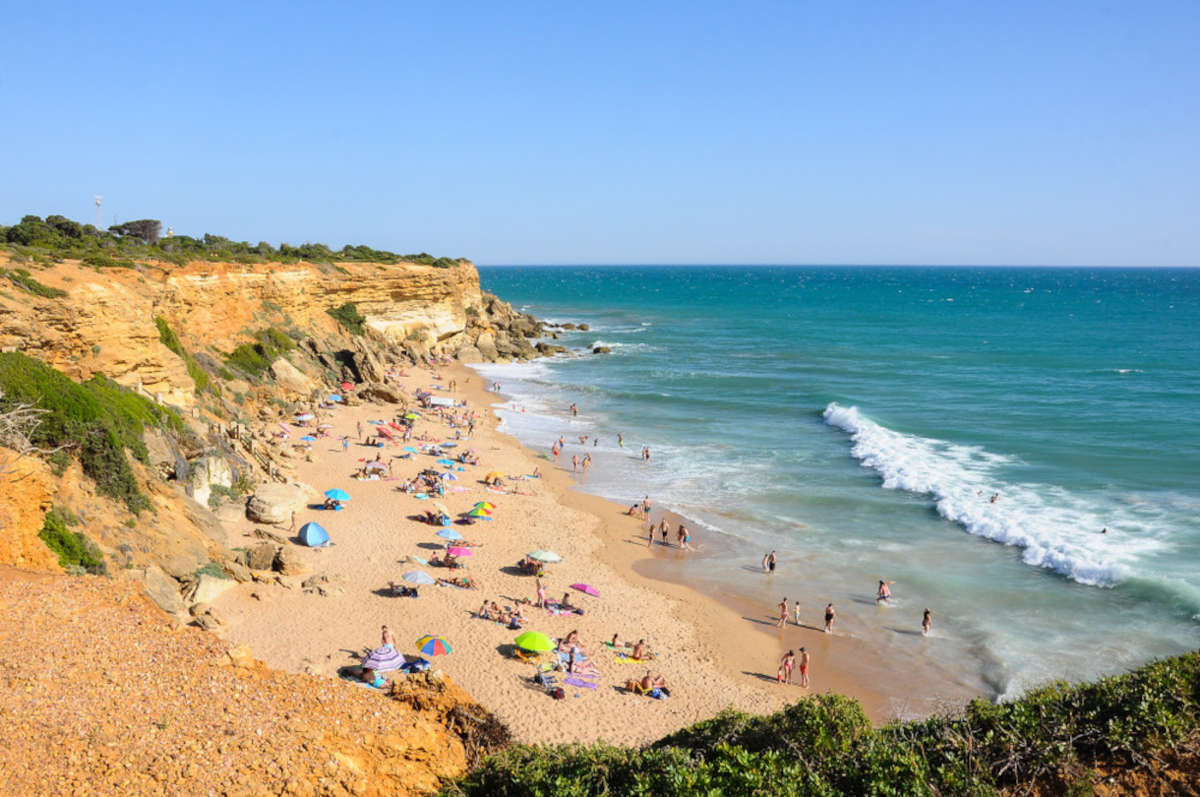
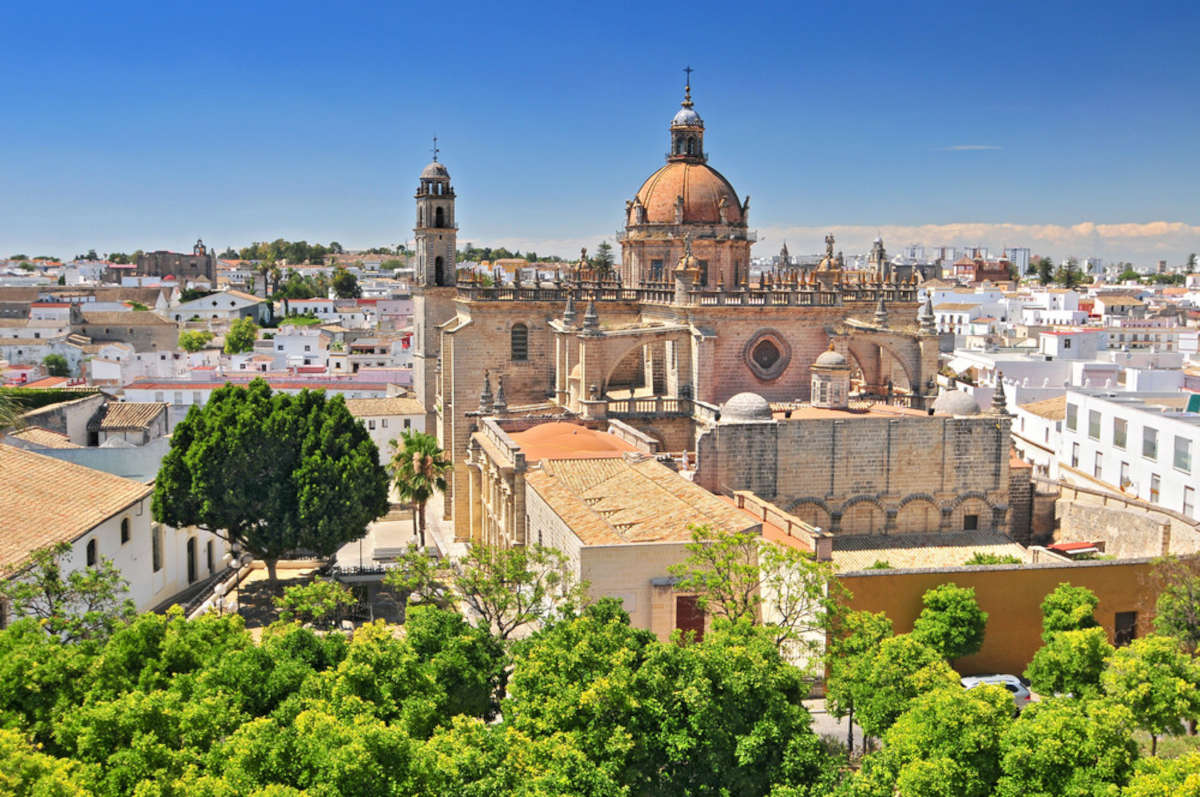

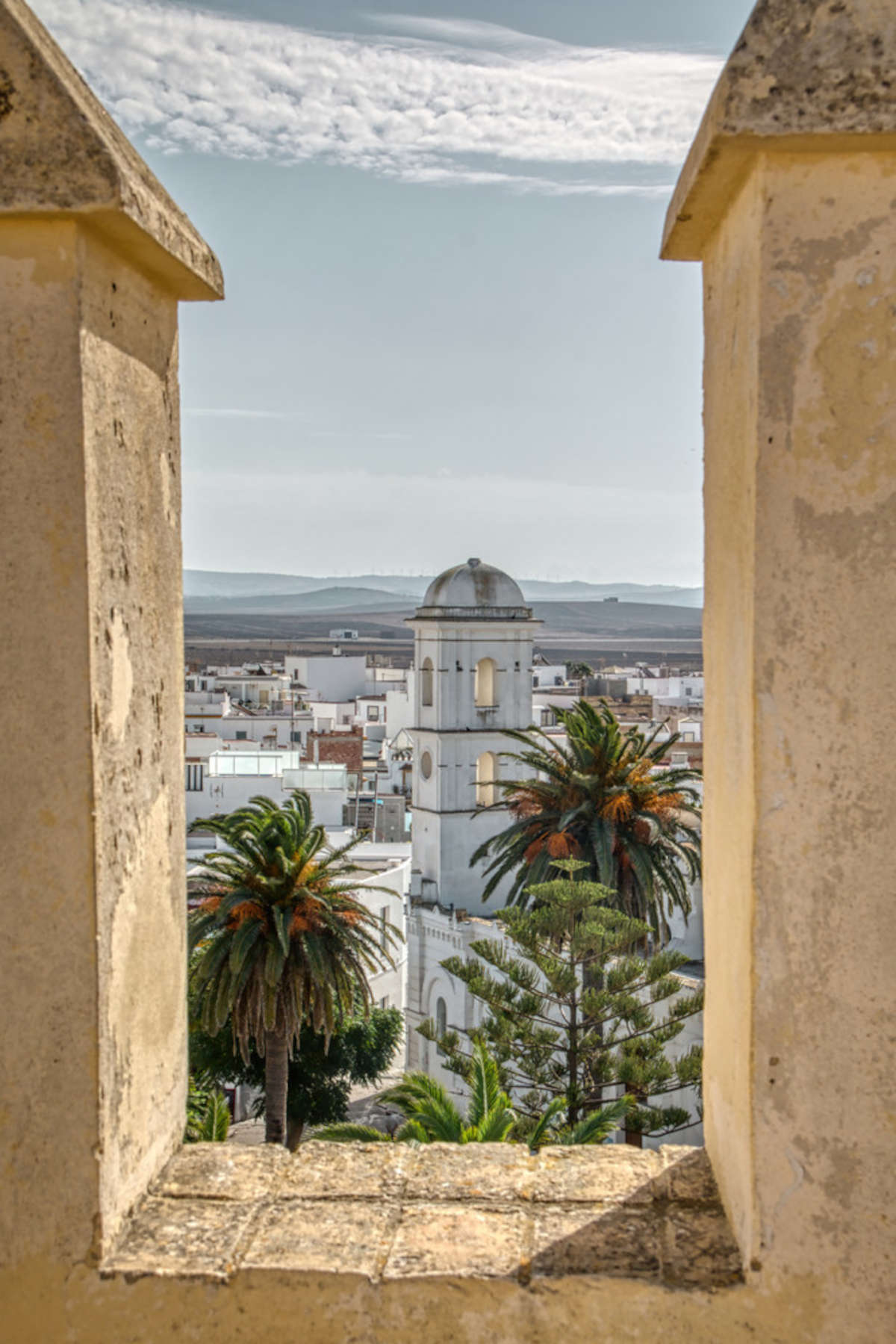
Food and wine and sustainable tourism: a common thread
One element that unites all three coasts is the strong connection with local gastronomy, which is closely linked to the products of the sea and the land. On the Green Coast coast, one can enjoy dishes based on the freshest fish, seafood, typical cheeses and specialties such as fabada. On the Costa Blanca, the culinary tradition focuses on fish, rice and local wines, with numerous dining opportunities ranging from traditional trattorias to haute cuisine establishments. On the Costa de la Luz, blue fish, shrimp from Huelva, bluefin tuna, and wines from Jerez represent a fine food and wine heritage.
From the point of view of sustainable tourism, all these coasts show how it is possible to combine tourist enhancement with the protection of natural and cultural heritage. Protected areas such as natural parks and biosphere reserves, together with protected historic centers, provide a solid basis for responsible tourism development that respects the environment and local communities.

